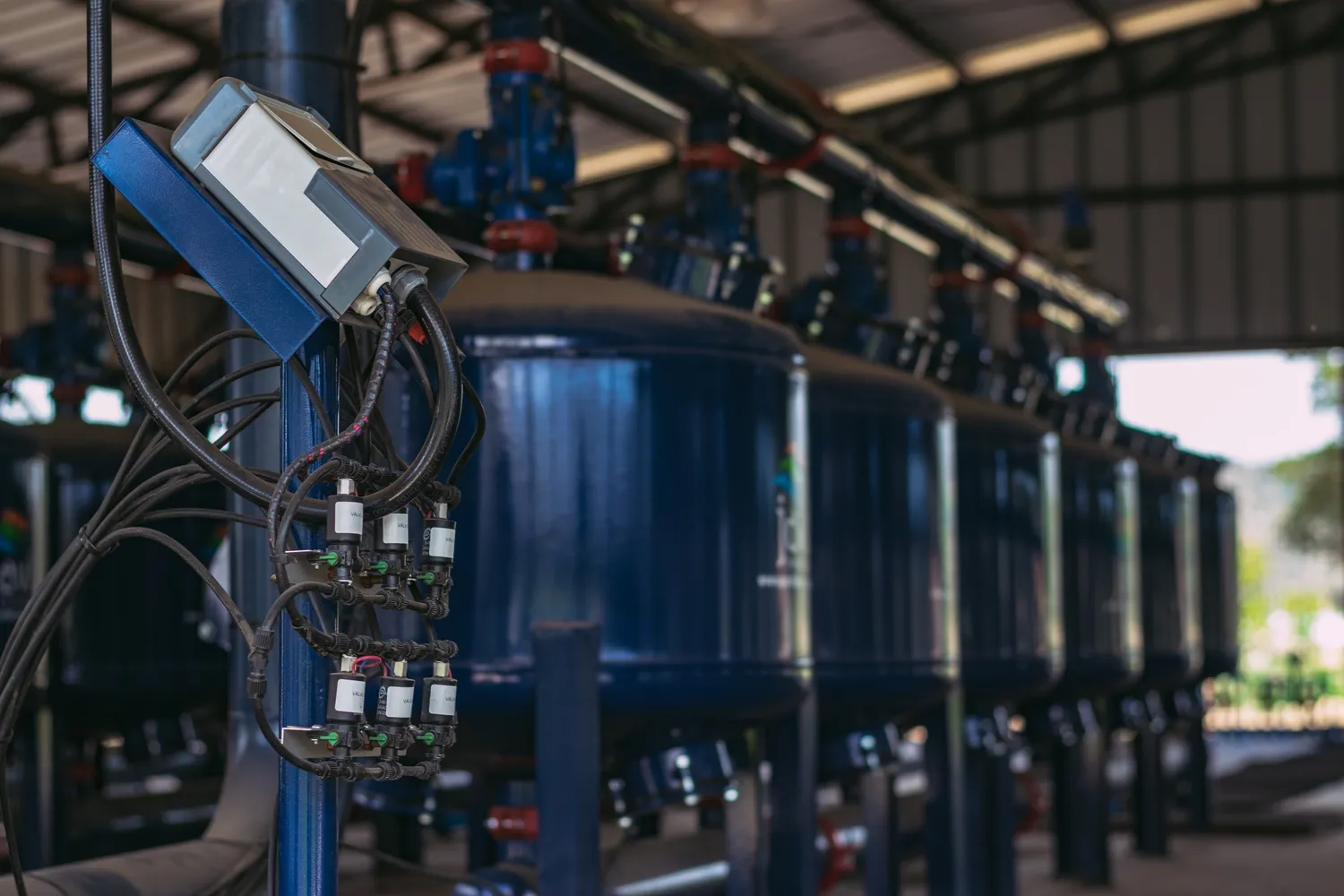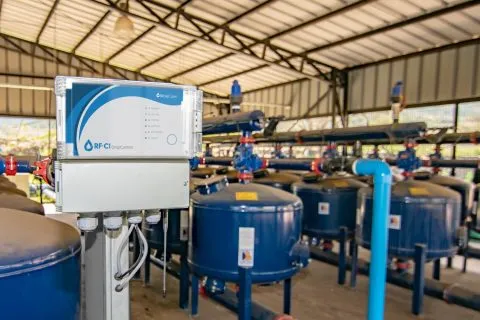
Pump Control Automation: Maximize Efficiency, Reduce Electricity Use, and Gain Full Pump Control
In today’s agricultural landscape, energy efficiency and resource management are more critical than ever. One of the most effective ways for producers to cut energy costs and improve irrigation operations is through pump control automation. By automating irrigation pumps, farmers and distributors can reduce energy usage, enhance water precision, and gain full pump control—all while contributing to sustainable resource use.
Why Automate Pump Control?
Traditional irrigation systems often rely on fixed schedules, resulting in excessive electricity use and inefficient water distribution. Through pump control automation, irrigation adapts in real time to actual field conditions. This ensures that water is applied only when needed and that pumps run only when necessary.

The result? Significant reductions in:
- Energy bills
- Pump wear and tear
- Manual labor and operational mistakes
Key Benefits of Pump Control Automation
Modern pump control systems integrate seamlessly with existing irrigation infrastructure, offering powerful data tools and control features. Among the main advantages:
1. Optimized Energy Usage
Smart pump control systems enable variable-speed operation based on demand, reducing overuse and electricity consumption during non-peak hours.
2. Real-Time Monitoring and Remote Pump Control
With cloud-based dashboards or mobile apps, users can manage pump performance remotely, track metrics, and receive instant alerts for anomalies.
3. Water Efficiency
Connected to soil moisture sensors or weather data, automated systems apply water with precision—protecting crops and conserving water.
4. Enhanced Crop Management
Consistent flow provided by automated pump control supports healthy plant development and integrates well with fertigation systems.
Smart Technology for Smarter Irrigation
Modern irrigation systems go beyond pipes and sprinklers. They integrate digital tools such as:
How Pump Control Works
A typical pump control automation system includes:
- Smart controllers integrated with field sensors
- Remote communication modules
- Cloud-based automation software
- Integration with sprinkler or drip irrigation systems

WiseConn’s technology uses advanced hardware like the RF-C1, RF-M1, and RF-X1 units. These controllers manage multiple field processes: pump stations, fertigation, valve control, and field monitoring. Their five expansion ports allow flexible input/output combinations tailored to field needs.
Operating in a mesh network, these units link multiple nodes and allow one to act as a cloud gateway. This setup ensures smooth communication, allowing for centralized, intelligent pump control across your irrigation system.
Reduce Costs and Improve Pump Control
One of the biggest challenges in irrigating large areas is managing operating costs. Pump control systems help farmers:
- Automate manual tasks
- Eliminate unnecessary pump operation
- Extend pump lifespan
- Make informed decisions based on real-time data
By combining automation and real-time analytics, pump control boosts efficiency and helps farmers meet sustainability targets.

Pump Control for Modern Agriculture
Automated pump control systems integrate easily with:
- Drip irrigation for precise water delivery
- Sprinkler irrigation for broad coverage
- Subsurface drip systems for maximum efficiency
They also work with precision agriculture tools, allowing fast adaptation to soil, weather, and crop changes.
WiseConn: Smart Pump Control Starts Here
If you're ready to upgrade your irrigation strategy, WiseConn’s pump control solutions offer reliable and scalable technology. With remote monitoring, cloud control, and seamless integration, every drop of water and every kilowatt of energy is optimized.
Learn more at wiseconn.com and explore WiseConn’s hardware solutions here: WiseConn Hardware.


